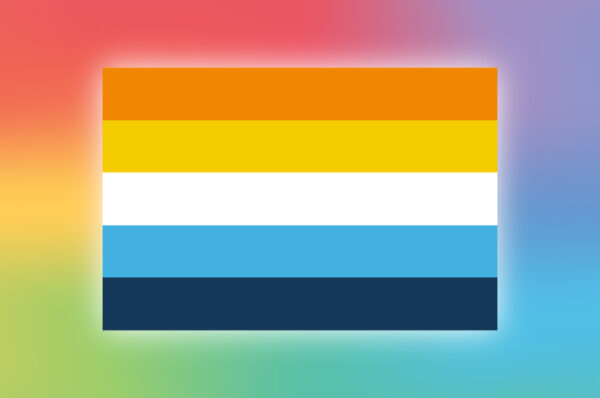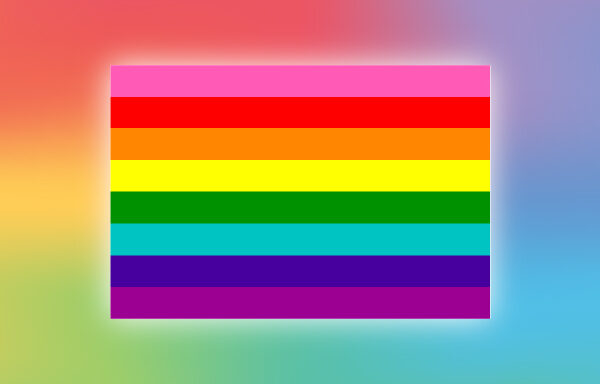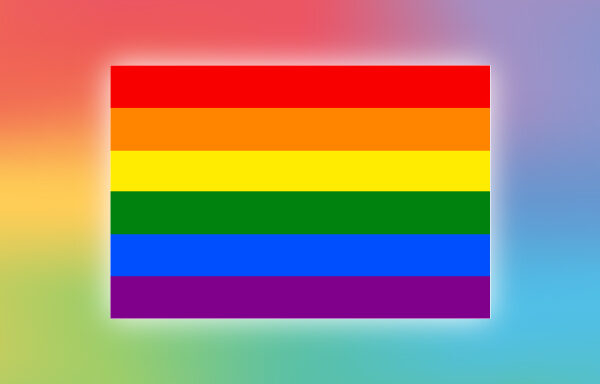The rainbow flag is a widely recognised symbol of the LGBTQ+ community. But have you seen the newer version, the Progress Pride Flag? This inclusive redesign is gaining popularity, and for good reason. Let’s delve into the history, meaning, and symbolism behind this powerful flag.
A Rainbow with More Stripes
Created in 2018 by non-binary artist Daniel Quasar, the Progress Pride Flag builds upon the original rainbow flag designed by Gilbert Baker in 1978. It retains the original six vibrant stripes but adds five chevron-shaped stripes on the left side. These additional stripes represent marginalized groups within the LGBTQ+ community, highlighting the need for continued progress and inclusivity.
A Spectrum of Meaning
Each color on the Progress Pride Flag holds a specific meaning:
- Original Rainbow Stripes: Red (life), orange (healing), yellow (sunlight), green (nature), blue (serenity), and purple (spirit)
- Black and Brown Stripes: Represent LGBTQ+ people of color, acknowledging the unique challenges they face.
- Light Blue, Pink, and White Stripes: Represent transgender and gender-nonconforming individuals, referencing the colors of the transgender pride flag.
Forward Motion
The chevron shape itself is symbolic. Pointing to the right, it signifies continued progress and the ongoing fight for LGBTQ+ equality. It’s a reminder that while we’ve come far, there’s still work to be done.
Show Your Support
The Progress Pride Flag is a powerful way to show your solidarity with the entire LGBTQ+ community, especially marginalized groups. You can fly it proudly at home, at events, or even use it as a profile picture online. By learning about its meaning and sharing it with others, you can help create a more inclusive and equitable world for everyone.




